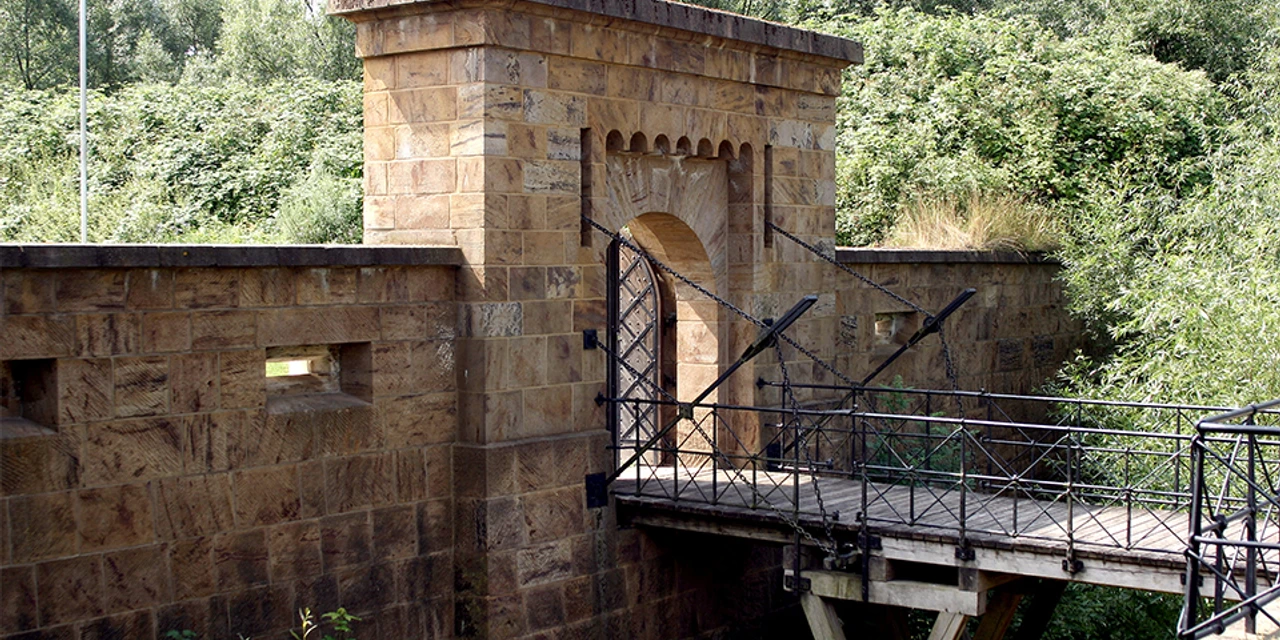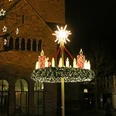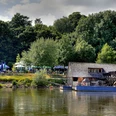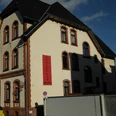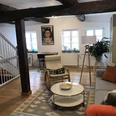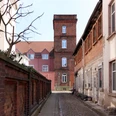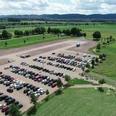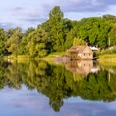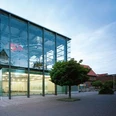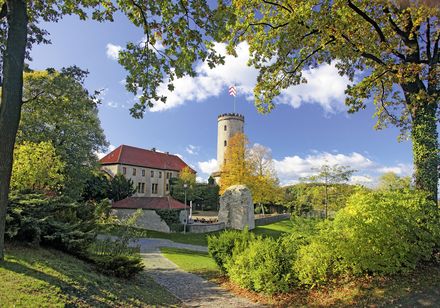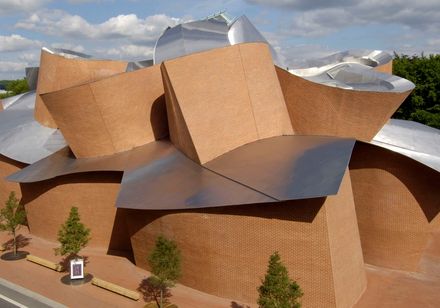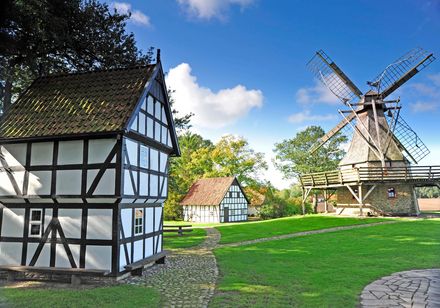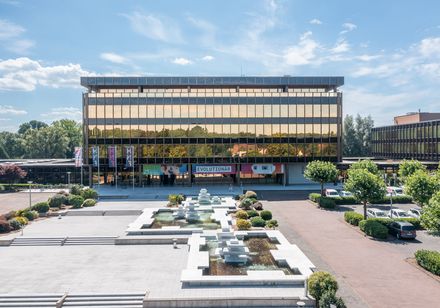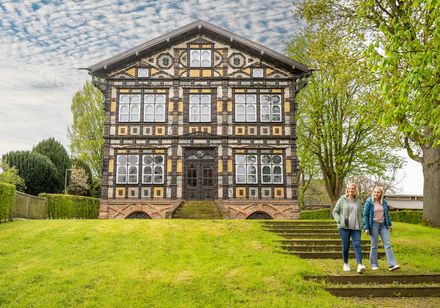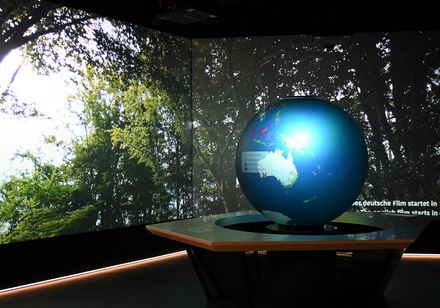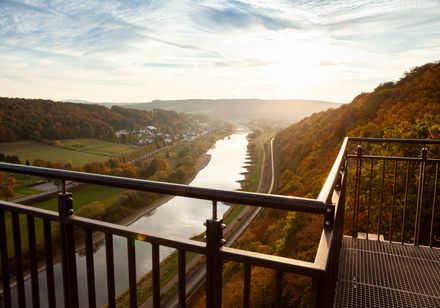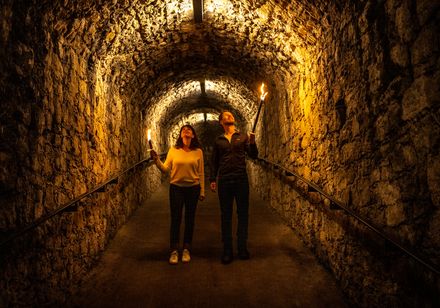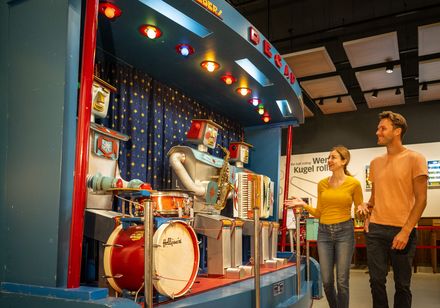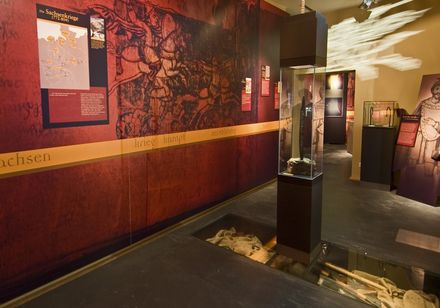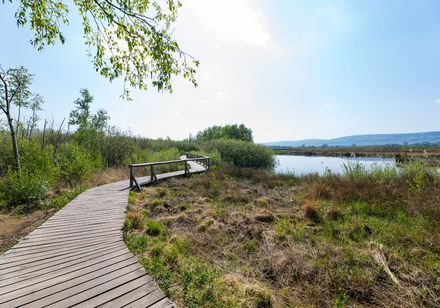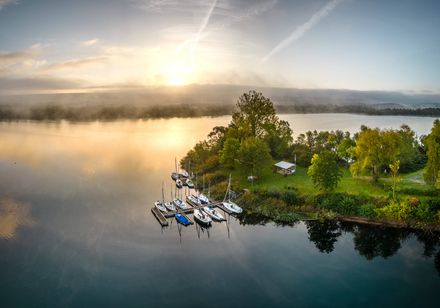Prussia was the greatest power among them, with its capital Berlin 350 kilometers away and its heartlands extending even further east. They saw their possessions threatened in particular by the neighboring non-Prussian Kingdom of Hanover, which was linked to England. Minden railroad station was the border, transfer and customs station for the onward route to the Principality of Schaumburg-Lippe and Hanover.
Minden was the link between Brandenburg-Prussia and the Prussian Rhine provinces. Its strategic importance led to its development into a fortress town in several construction phases between 1815 and 1873. During this time, the city was the strongest Prussian fortress between the Rhine and the Elbe.
The railroad station, which was opened in 1847 outside the city gates, had to be incorporated into the city fortifications. To this end, it was to be surrounded on a large scale by a strong lunette (fortifications in front, ramparts, flank batteries). The fortifications were built between 1846 and 1852.
Of the three forts A, B and C, Fort C, which is slightly further away, has been almost completely preserved in its original form to this day. For the other two forts, only the core buildings and their reduits remain.
From their locations, they secured the exits of roads and railroads in the direction of Bremen, Hanover and Berlin. Fort C guarded the railroad exit in the direction of Cologne. The exits were secured by gates named after the destination.
Today, the fortifications are considered a prime example of Prussian fortress architecture. This so-called neo-Prussian style used ramparts to hide all works from enemy view. The aim of this fortress architecture was to face the enemy head-on and flank them with superior fire. In front of a polygonal rampart was the main caponier (solid walled part of the fortress) with a horseshoe-shaped ground plan.
Mostly built on two levels, the gun and rifle fire came from this fortress building. The firing range of the defense was supported by firing positions in front. For example, in front of the main caponier was a defensive wall with mortar batteries, which kept the front and side areas under fire. The fortifications were built between 1846 and 1852 according to the design of engineer Major vom Platz Hardenack.
Good to know
Price info
This does not apply to events.
Eligibility
Bad Weather Offer
Suitable for any weather
for Groups
for Class
for families
for individual guests
Suitable for the Elderly
Payment methods
Directions & Parking facilities
License (master data)
Minden Marketing GmbH - Tourist-Information
Nearby
